User-Centered Design (UCD) is a strategic approach in the field of design that aims to place the user at the center of the creative process. The main objective is to design products, services or digital interfaces that fully meet the needs, wants and expectations of users without any problems in a simple and natural way. This method is based on an in-depth analysis of users’ behaviors and needs which takes place by actively involving the stakeholders. This approach helps to gain a broad understanding of the usage context.

Analysis of user needs and context
1 Analysis of the context
In the context of User Centered Design, the analysis of user needs and context is essential for creating successful medical devices and services. Fully understanding the behaviors, needs, preferences and expectations of users such as patients, doctors and caregivers allows you to develop targeted solutions that can fully satisfy them.

2 Data collection
The analysis of needs involves the collection of data and this takes place through user research, interviews, surveys and analysis of behavior and usage scenario. This precious information is used to identify patterns and trends but above all critical issues, problems and inefficiencies. All these dice contribute to the definition of the project requirements; which will be critical to determining scope and maintaining consistency throughout the development process.
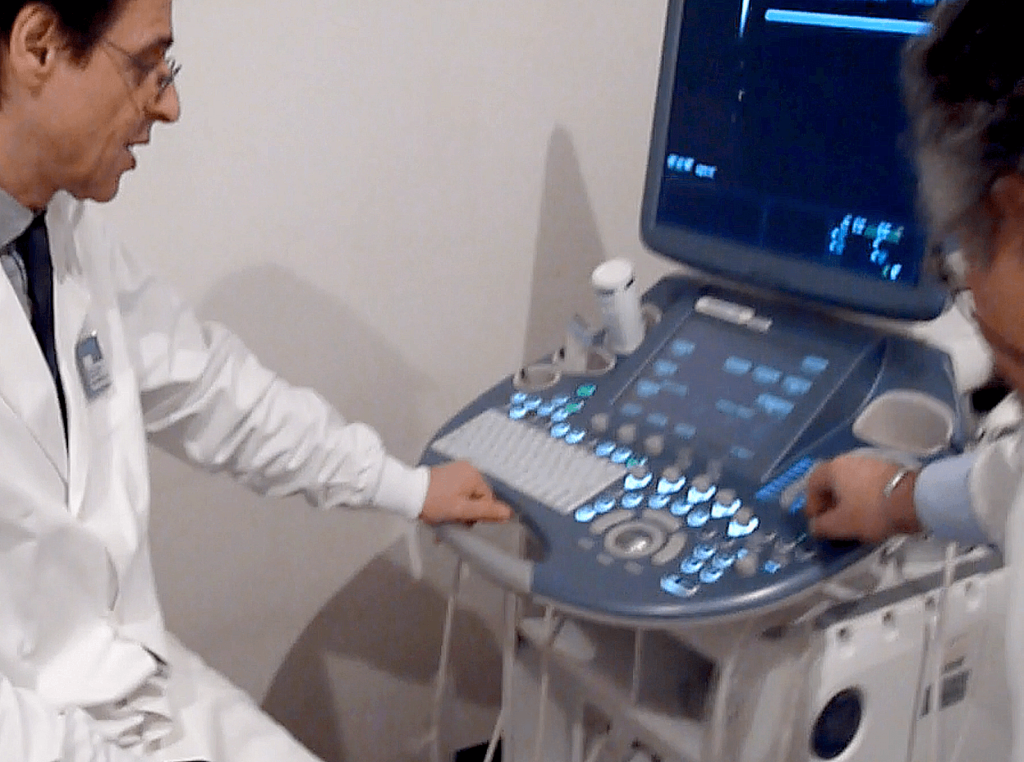
3 In-Depth understanding
Furthermore, analyzing the context in which users will use the product or service helps to more easily grasp the challenges and opportunities present by directing design choices in a defined direction. This in-depth understanding is therefore the guide for the creative process and allows you to design solutions that integrate perfectly into the daily experiences of users by responding to the critical issues recontacted in the analysis phase.
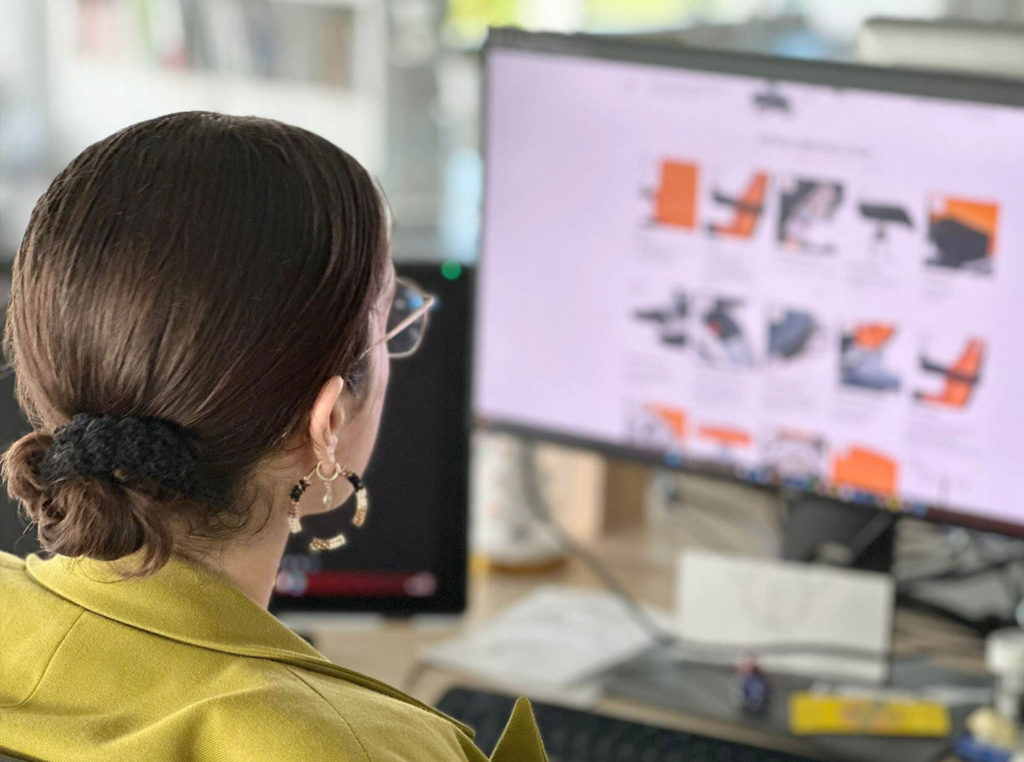
A well-executed user needs and context analysis is the starting point for an effective User Centered Design for medical devices and this increases the chances of success and user satisfaction.
Definition of requirements
The accurate definition of requirements in the context of User Centered Design is essential to develop medical devices and services that respond to the real needs of users. Transforming user expectations into concrete requirements requires:
- analytical skills: the ability to collect, interpret, and convert data into valuable insights from the data.
- creative skills: think creatively, solve problems and generate original and innovative ideas.
In User Centered Design, defining requirements is a dynamic activity, as goals can evolve during the design process. Being open to iteration and adaptation is key to ensuring that the end result fully meets the user requirements and exceeds the user expectations.
This process involves constant dialogue with stakeholders and end users to fully understand their requests and priorities. Clear documentation of the medical device requirements plays a key role in maintaining a shared vision of the project and facilitating communication between the development team.
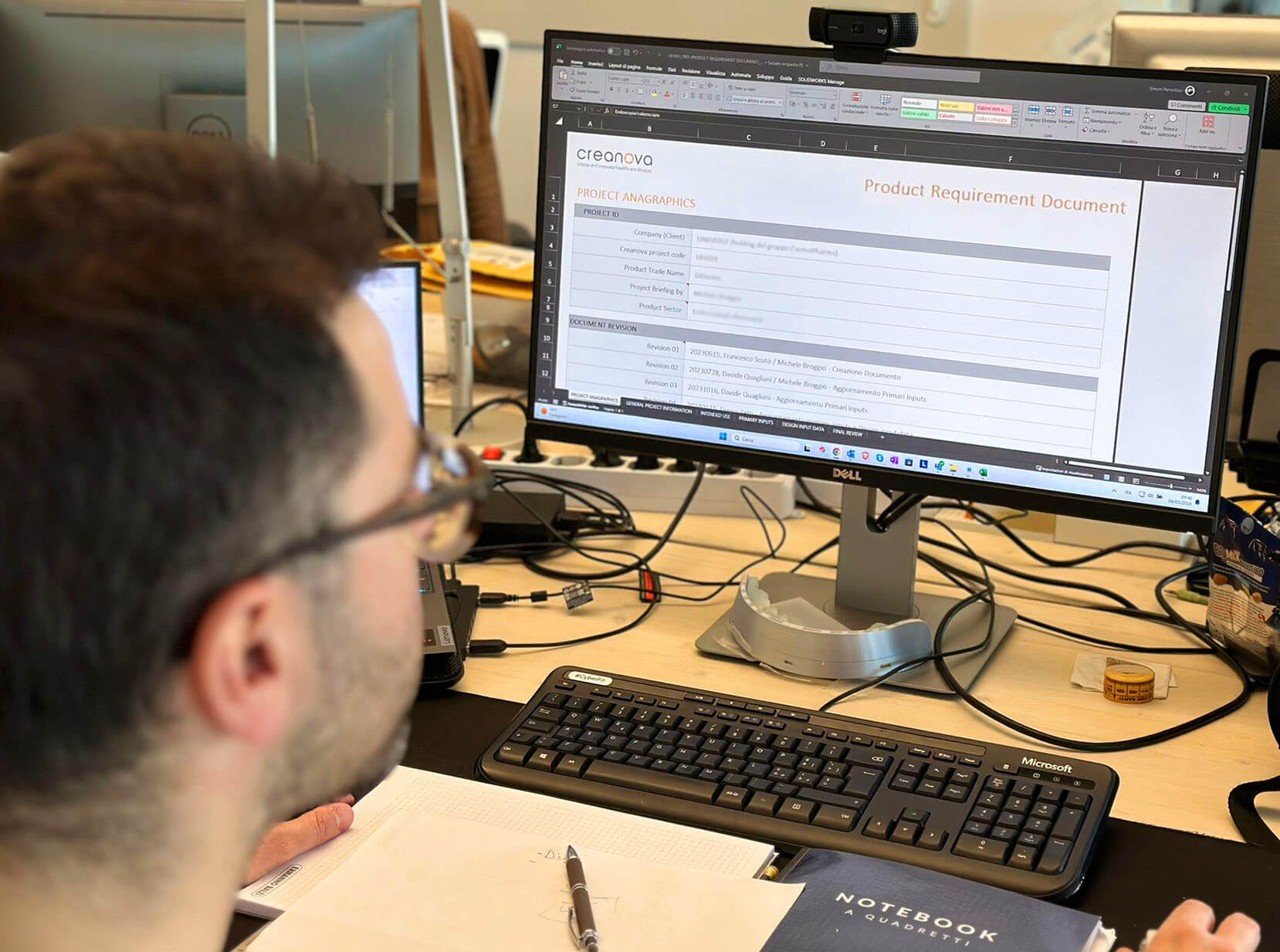
Design solutions
The generation of various solutions is the key moment in the medical device design process, as they represent the heart of the final medical device or service. With the User Centered Design approach this phase involves the generation of innovative ideas, which obviously are consequence and based on the analysis of user needs and previously defined requirements.
User Centered Design obviously also in this case prefers attention to usability and the user’s needs. The process of generating a medical device concept involves multiple sectors and is the result of a series of choices. Designing with the user(s) at the center means making compromises that do not compromise performance, and the user experience.
During the medical device development process, prototypes and mockups are used to visualize and test the proposed solutions. User feedback is essential to further optimize the design and ensure a satisfactory user experience.
A user-centered approach typically encourages creativity and adaptability, allowing you to respond effectively to the ever-changing needs of your target audience. Implementing design solutions based on concrete data and feedback guarantees a successful final medical product, able to satisfy and excite users.
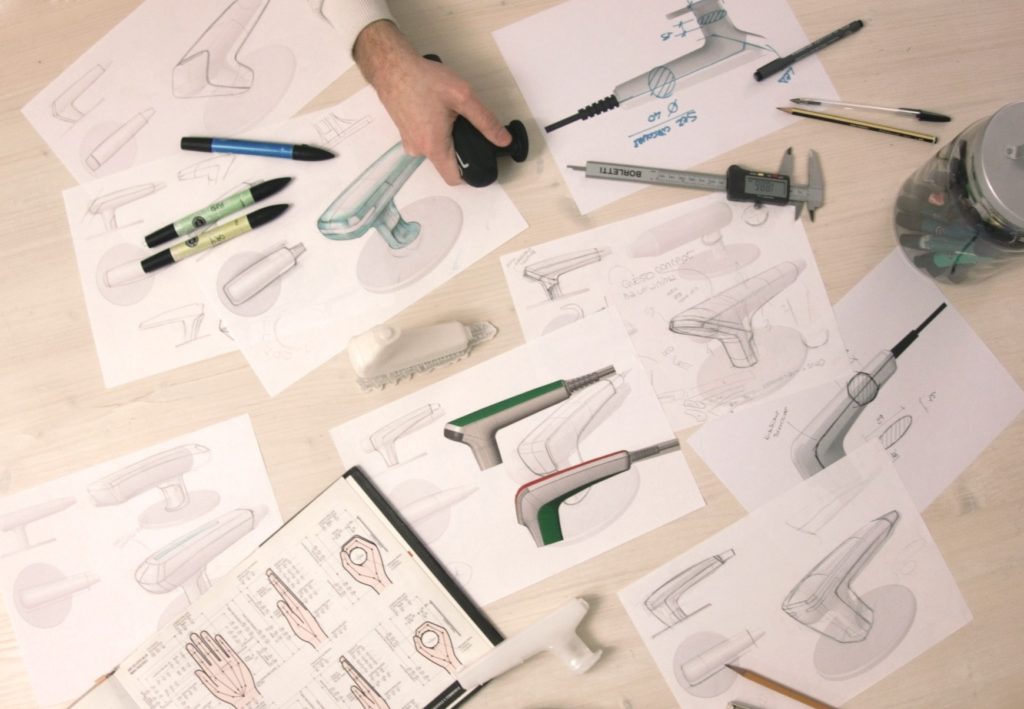
Evaluation of solutions
The solution evaluation phase is a crucial step in the User Centered Design process, as it allows to evaluate the goodness and effectiveness of the design solutions selected during the medical device concept phase. Also, during this phase, data and feedback from users are collected, but in this case, it takes place through prototype tests and subsequent interviews and observations.
The main objective is to understand how users interact with the product or service and identify any critical issues or gaps in usability. The resulting results are used to make iterations and improvements to the medical device design.
These evaluations are repetitive loops that start with conceptual and semi-defined solutions and then continue with increasingly defined and detailed solutions.
The analysis of the solutions represents an important moment of verification because it ensures that the final product really satisfies the expectations of the users and solves their needs efficiently. This approach based on data and user feedback guarantees a high-quality final medical device, capable of keeping users satisfied in the long term.

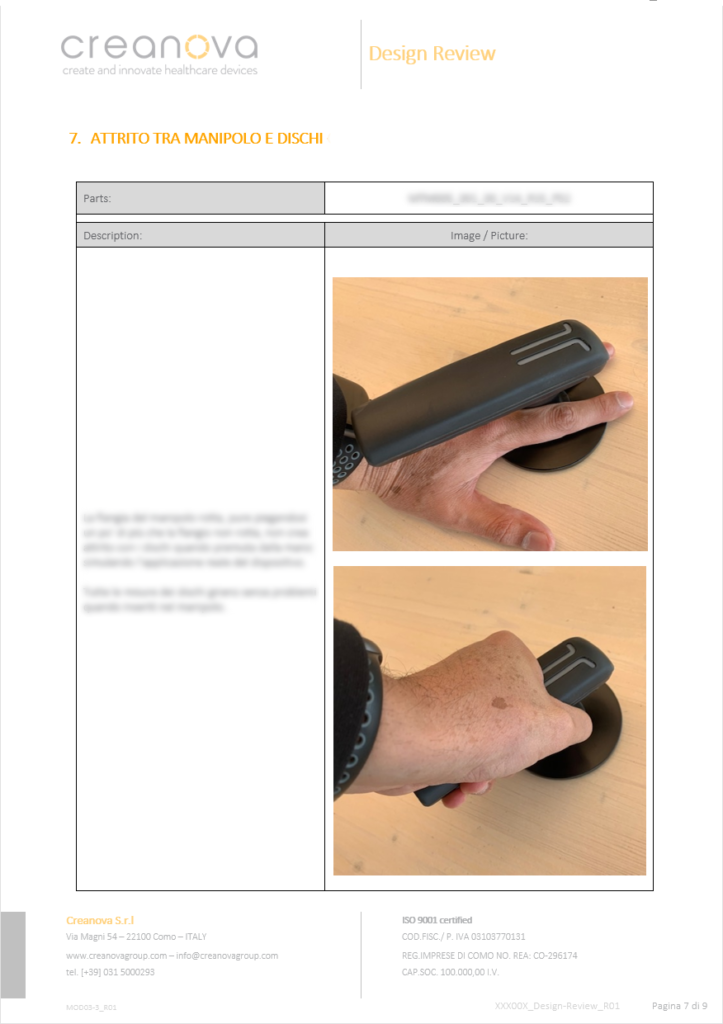
We can therefore conclude by saying that User Centered Design (UCD) is a strategic approach which places the user at the center of the creative process for the creation of a new (electro-)medical device. This occurs through the analysis of user needs and the context which are identified as the project requirements. The result are design solutions that fully satisfy user needs and create a more intuitive and natural interaction. At Creanova, we believe it is essential to implement UCD during the medical device design and development phase as this ensures efficient, effective but above all satisfying medical devices, keeping users satisfied in the long term.
Are you looking for a medical device development partner (CDMO) to make sure your next medical device meets and exceeds all user expectations to maximize the success in the market?
Contact us through our form, and we’ll be happy to explore how Creanova can help you with a user-centered design approach for the development of your new medical devices!

